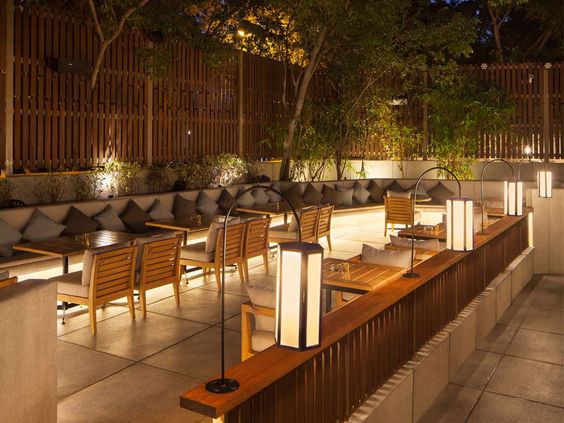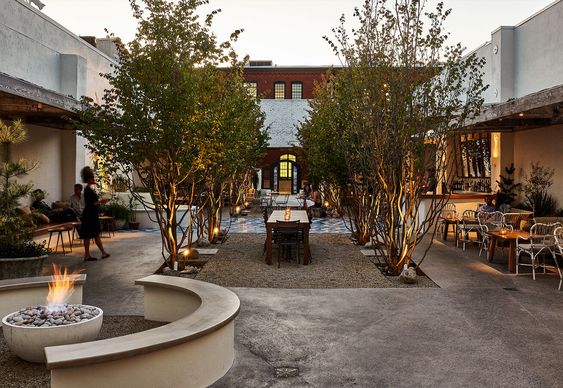
Ron Wong
86-13380258855
sales@rongroup.co

1. Understanding Japanese Culture
Research Traditional and Modern Japanese Aesthetics: Familiarize yourself with both traditional and contemporary Japanese design elements. This includes architecture, art, and cultural symbols.
Incorporate Japanese Philosophy: Concepts like 'Wabi-Sabi' (embracing imperfection) and 'Ma' (negative space) are integral to Japanese design.
2. Choosing a Theme
Traditional Theme: Focus on elements like tatami mats, shoji screens, and wooden structures. Use muted colors and natural materials.
Modern Minimalist Theme: Emphasize clean lines, minimal decor, and a neutral color palette. Integrate modern furniture with traditional touches.
Nature-Inspired Theme: Incorporate elements like indoor gardens, water features, and natural light to bring the outside in.

3. Color Palette
Neutral and Earthy Tones: Use colors such as beige, brown, and green to create a calm and inviting atmosphere.
Accents of Red and Black: Traditional Japanese designs often use red and black as accent colors to add depth and contrast.
4. Materials and Textures
Natural Materials: Use wood, bamboo, stone, and paper. These materials evoke a sense of harmony with nature.
Textured Elements: Incorporate textured elements such as stone walls, wooden beams, and woven mats to add depth and interest.
5. Furniture and Layout
Low Seating Options: Traditional Japanese dining often involves sitting on the floor with low tables. Incorporate tatami mats and cushions.
Modern Seating: For a modern twist, use sleek, minimalist furniture that still pays homage to Japanese design principles.
Open Layout: Create an open and airy layout that allows for easy movement and reflects the Japanese principle of space.

6. Lighting
Soft, Ambient Lighting: Use lanterns, paper lamps, and indirect lighting to create a warm and inviting atmosphere.
Natural Light: Maximize the use of natural light with large windows and sliding doors.
7. Decorative Elements
Artwork and Calligraphy: Decorate walls with traditional Japanese artwork, calligraphy, or contemporary Japanese prints.
Plants and Greenery: Use bonsai trees, bamboo plants, and ikebana (flower arrangements) to bring a touch of nature indoors.
Water Features: Incorporate small water features like fountains or ponds to enhance tranquility.
8. Dining Experience Enhancements
Interactive Elements: Consider teppanyaki grills where chefs cook in front of guests or sushi bars with live preparation.
Traditional Tableware: Use authentic Japanese tableware, including ceramic bowls, lacquered trays, and bamboo chopsticks.

9. Cultural Touches
Uniforms: Staff uniforms can reflect traditional Japanese attire, such as kimonos or modern interpretations like simple, elegant designs with Japanese motifs.
Music: Play traditional Japanese music or modern interpretations to enhance the ambiance.
10. Consistency and Authenticity
Coherent Theme: Ensure that all elements from the entrance to the dining area and even restrooms maintain the chosen theme.
Authentic Experience: Strive for authenticity in every detail to provide a genuine Japanese dining experience.






Ron Group
86-13380258855
sales@rongroup.co
